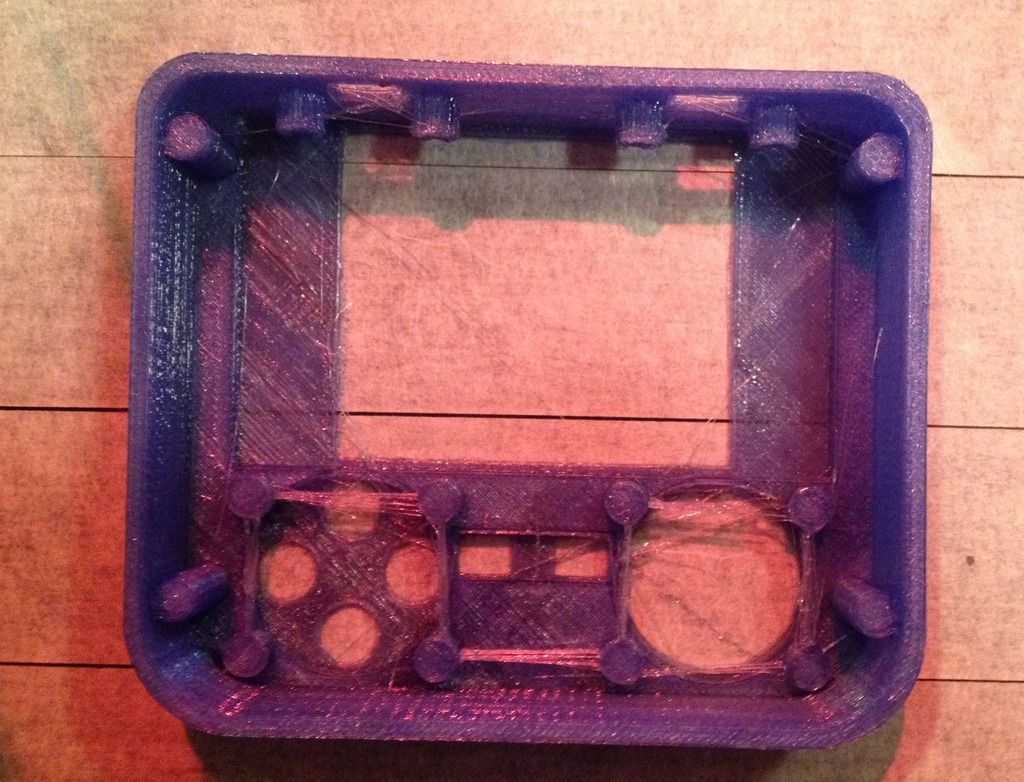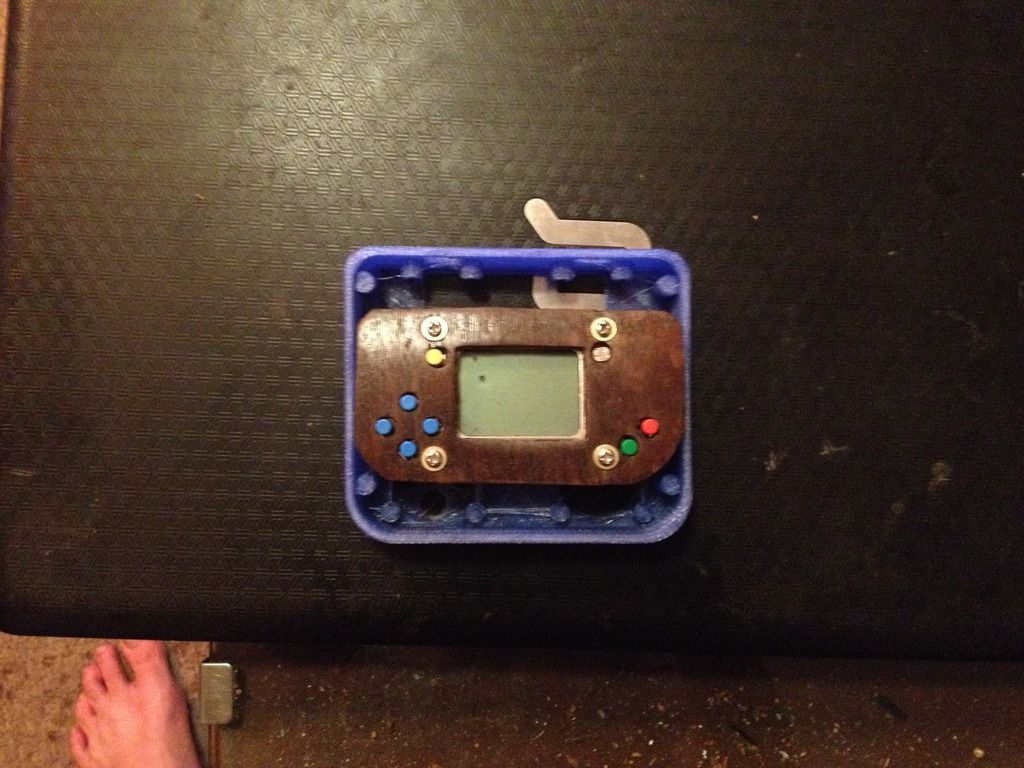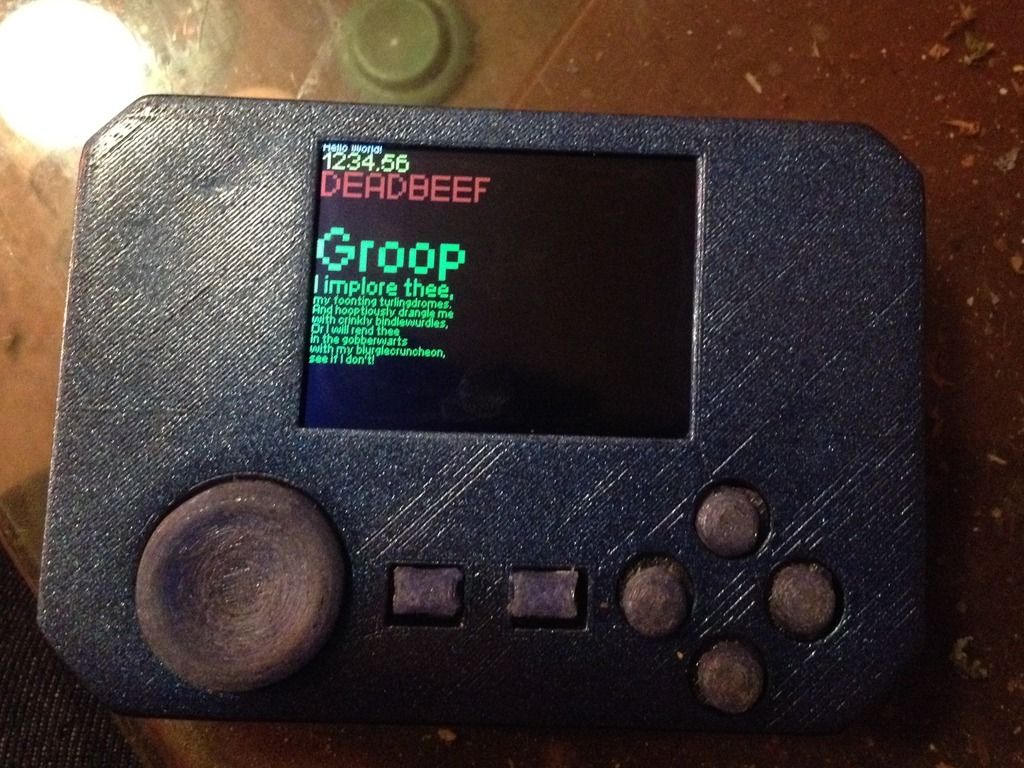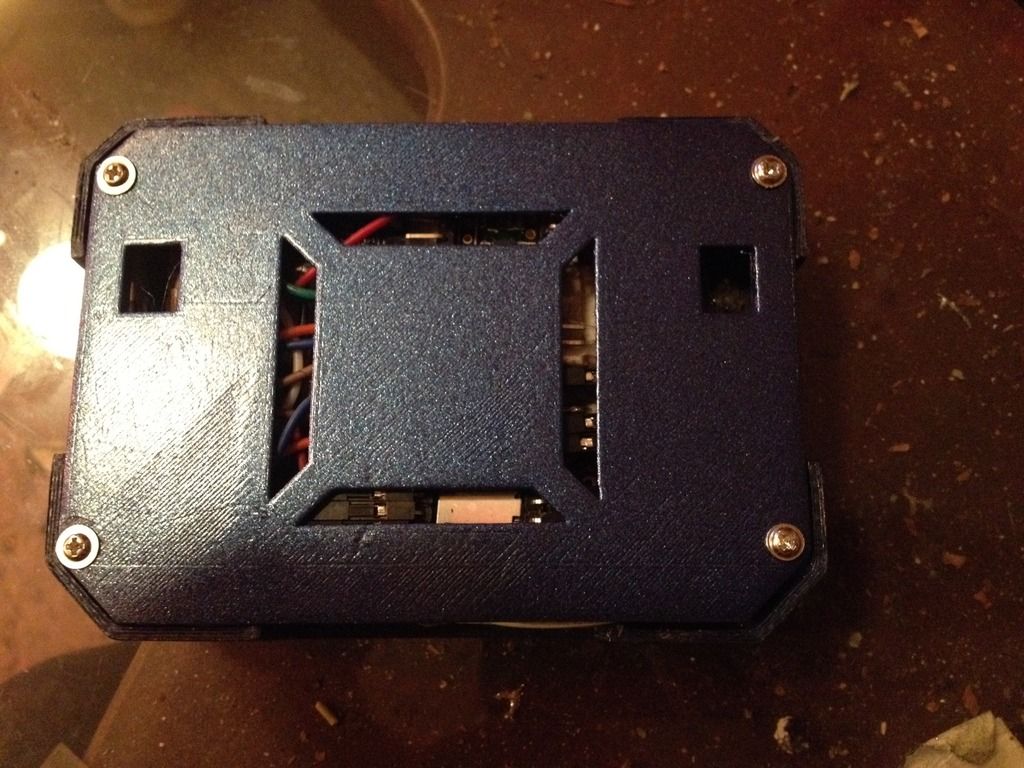Ok with the chance of being able to procure the smaller 2.2inch screens dwindling daily.... It's come to mind that I need to make some changes to the case designs. The long octoganal shape will end up being 162mm wide with the 2.4inch and about 185mm wide with the 2.8inch. That's as long and longer than a PSVita. Granted I can get the case to under 20mm thick on the profile but it's not really pocket sized.
So I'm looking at different shapes and thought about going back to a folder when I got an idea.....
I love robots especially Hexapods. They just intrigue me. Any way I ran across a thing on thingiverse that's a modular 3D printed snake type robot. Each part has its own power and micro controller. One of the features that made it all work together was neodymium magnets. They not helped attach the snake modules together but they are also connected to the MCU wiring so they can all be used at once or one at a time.
So what I was thinking was maybe I could design a modular system with a core holding the battery the TFT and the screen. Then you could attach extras like d-pad and ABXY buttons on either end or on the bottom. Then other things could be created to attach. This is especially true with the ESP boards. Since any pin can be any pin you could literally build it into any thing for Iot.
I need some ideas. What would guys like to see in a case? What do you think about the sizes I listed?
https://tams.informatik.uni-hamburg.de/ ... clawar.pdf
Ok so I got on my computer and starting playing with 123design and first made a 3D rendered version of the screen. Then I tried a couple things with a one piece but I think it would be better to make a two piece folder. With some clever engineering I can make it 24mm to 26mm total closed and about 13mm open. Or make the bottom and top to connect via magnets and wire then like mentioned above. The battery would be on the back of the screen in the top case with the buttons and your MCU of choice in the bottom case with the buttons.
Edit:::
Ugg I just can't seem to figure out how to do the case but I might have an idea........
I got some dummy parts and started moving stuff around trying to come up with a solution that works and allows the hardware needed and at the smallest possible configuration. So I came up with a square or more like a rectangle barely rectangled.
Have the screen at the top with the dpad and ABXY directly below the screen. Haven't quite figured out the shoulders yet though. The start and select will probably be on the profile or not. For the 2.8 inch we are looking at 95x80x15mm, smaller for the 2.4. Of course.
So to get it so flat I'll imbed the screen into the case along with the button pad circles so the buttons large circle of the button pieces fit flush with the case. Now for sure the battery will have to be attached to he back of the TFT. Then there should be plenty of room to add the MCU behind the button pads to make it as thin as as I can.
Still pocket size at that.
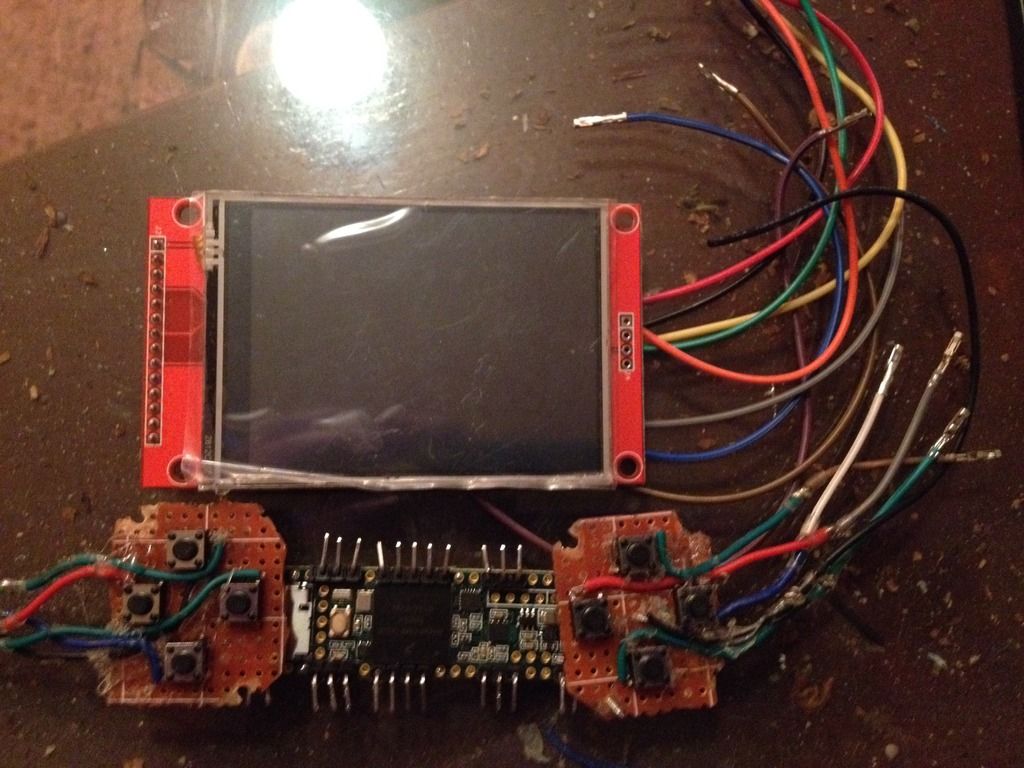
Edit::::
Heres the case for the 2.8. Its a lil thicker at 19mm but the extra space can be used for extra stuff like the sd card and charger and wiring. All right so the buttons will fit along a long piece of breadboard. I moved the start and select buttons up closer to the screen to i can use that lil space as a common ground for buttons and stuff. The shoulders are on top but will be tricky. Well it will be fine as long as your not a perfectionist.
